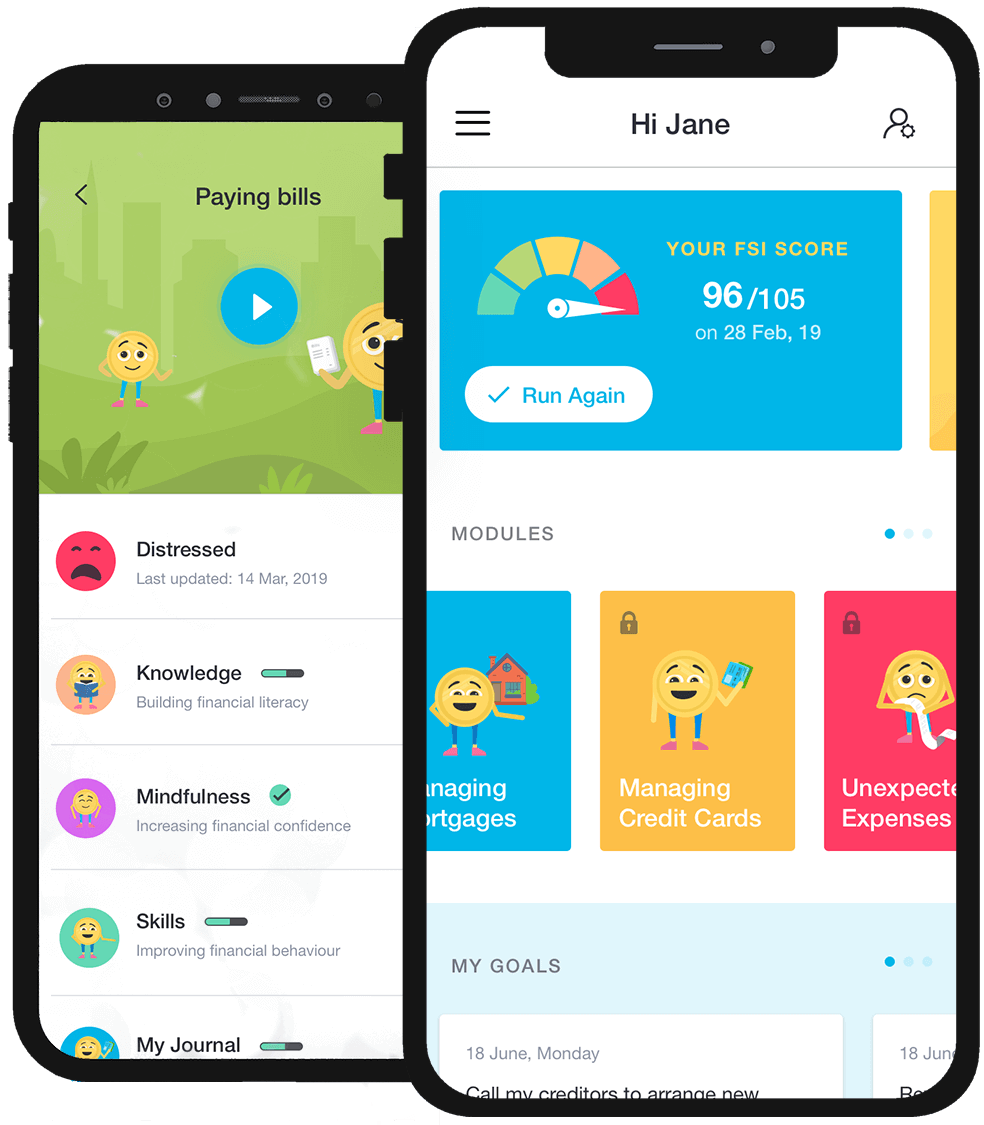Shop till you Drop.
We are still on holidays, right? Well the majority of us are enjoying the holidays somewhere with our family and friends. The hangover from Christmas and New Year is all but over, but one hangover that hasn’t left us is our credit card bill from Christmas and the so-called holiday ‘sales’, financial stress looms.
Chances are we still can be engaged in the frenzy of ‘The Stocktake SALE’, ‘The CLEARANCE SALE’, ‘Super Daily Deals’, ‘50 months interest free, no deposit, no interest (read full terms)’, ‘It’s the Season to SAVE BIG’, ‘After Christmas SALE and CLEARANCE’, etc.
That clever marketing pressure can flick a switch in our brains where we go into a kind of ‘trance’, handing over our credit cards, tapping away now in a cashless society on auto-pilot to suppress those logical thoughts of ‘we really shouldn’t be spending so much’.
According to BetaBait.com (a website helping start-ups connect with early adopters), 88 percent of the total impulse purchases are created primarily because the items are on sale.
Rather than purchasing useful or necessary items, impulse shoppers buy primarily because it puts them in a better mood. In addition, many impulse purchases are made because people feel that they can’t pass up an extremely attractive offer. Retailers know this all too well and exploit it.
So, what do we do about it?
In a recent interview by Money and Life last month, I was asked to identify some helpful tips to break the cycle of spending and debt.
Dealing with the stress of debt and Christmas
BetaBait.com also found that when people shop with the purpose of buying immediate needs or forgotten items, the rate of compulsive buying falls by 53 percent.
Exactly how much do we spend on our credit cards?
The Australian Retailers Association expected Australians to spend $50 billion between mid-November and Christmas Eve. Aussie shoppers were tipped to spend a further $18 billion nationwide between Boxing Day and 15 January 2018.
According to ARA executive director, Russell Zimmerman, the jump is being driven by online retail. “With Amazon’s recent Australia launch, we are certain that online retail will be a driving force for post-Christmas sales with the ARA and Roy Morgan forecasting the ‘Other Retailing’ category to increase by more than four percent this year.”
Gumtree survey, which has found that Aussies are expecting to spend a staggering $10 billion dollars on Christmas presents alone, equating to more than $700 on gift giving per person.
Perhaps not surprisingly, the Gumtree research also found that almost 9 out of 10 Australians (86 percent) find Christmas puts a strain on their finances, with buying Christmas gifts dubbed as the biggest cause (66%) of this pressure.
The annual consumer survey by US company Statista found shoppers expected to spend an average of US6 on Christmas gifts alone in 2017, not counting other holiday costs and sales spending. This is a massive jump from the 2016 average of US$752.
In 2017, Christmas retail sales are forecast to grow to about 680.4 billion U.S. dollars; a 3.8 percent increase from 2016. Net result, Americans seem to be in a generous mood of giving more this year. Does the Trump effect have anything to do with this?
In Australia, the Credit Card Debt Clock is ticking away and ticking upwards. The MoneySmart clock shows how much Australians owe on credit cards. With around $32 billion owing, that’s an average of around $4,200 per cardholder. https://www.moneysmart.gov.au/borrowing-and-credit/credit-cards/credit-card-debt-clock
In the US, Americans have now hit a scary milestone, the highest credit card debt in U.S history. According to the Federal Reserve, Americans had US$1.02 trillion in outstanding revolving credit in Oct 2017. When it comes to individual households, the average American family owes US$8,377.
For the first time since the Great Recession, lenders have given more consumers with sub-prime, or below average, credit scores, access to credit cards, but they are giving them lower spending limits, according to the credit reporting agency TransUnion.
So, what does this impulse spending all mean to our Financial Wellbeing
Answer: Financial Stress.
Financial Mindfulness conducted a survey on Financial Stress in Australia and found 1 in 3 Australians suffer Financial Stress.
The results of this press release appeared in the Sydney Morning Herald and the Financial Standard.
Marian Russell, one of Financial Mindfulness Facebook followers shared her personal experience on financial stress in the Sydney Morning Herald article.
New research is constantly being released on the impact financial stress is having on our financial wellbeing and general health worldwide.
According to the European Society of Cardiology, research recently presented at the 18th Annual Congress of the South African Heart Association, significant financial stress is associated with a 13-fold higher odds of having a heart attack.
So how can we get through the holidays not regretting our spending, not dreading the bloated repayments to come, then show up to work without that nagging sense of fear that comes from surviving with financial stress?
The answer lies in applying the principles of mindfulness – the proven practice of moment-by-moment awareness – to our finances. It means training our minds to slow down and make decisions that we won’t regret later.
An Australian start-up – Financial Mindfulness – is developing a financial stress reduction program designed to revolutionise the way we think and behave with our money. In the process, we can stay within our means and feel better about ourselves by saying goodbye to the worry of money.









